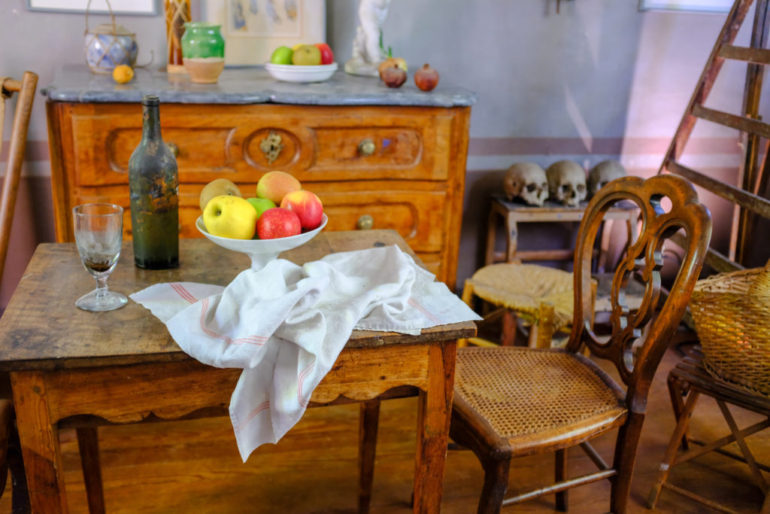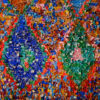In Aix-en-Provence, I visited Cezanne’s studio and learned about slow art.
On our train ride to Aix-en-Provence, I read an article about the need for viewing more art, especially in our current age of “visual junk food.” It reminded me of the idea that you are what you consume—yet I’m often scrolling through social media instead of reading a book or looking at art.
I don’t encounter as much “slow art,” or as art critic Robert Hughes describes, “art that holds time as a vase holds water: art that grows out of modes of perception and making whose skill and doggedness make you think and feel; art that isn’t merely sensational, that doesn’t get its message across in ten seconds, that isn’t falsely iconic, that hooks onto something deep-running in our natures… art that is the very opposite of mass media.”
The prompt from the article made me appreciate even more that we were spending the day in the town of Cezanne: the artist known for forming a bridge between Impressionism and Cubism, and whom Matisse and Picasso supposedly referred to as “the father of us all.”
Walking through the streets of Aix-en-Provence, we made our way toward Atelier de Cezanne, the studio where the artist worked daily for the last four years of his life.
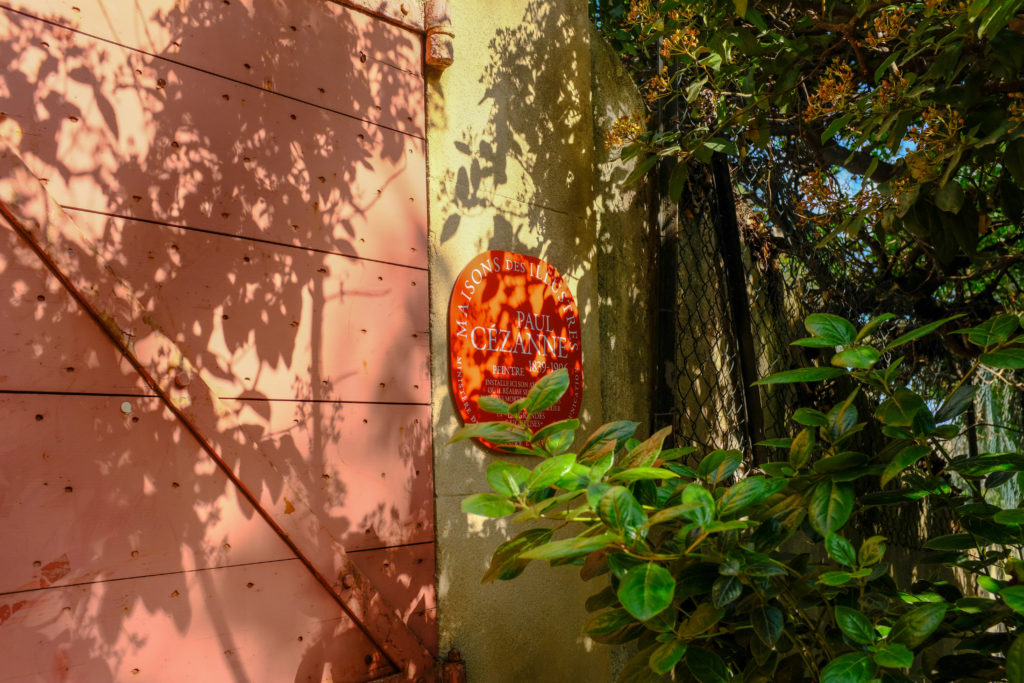
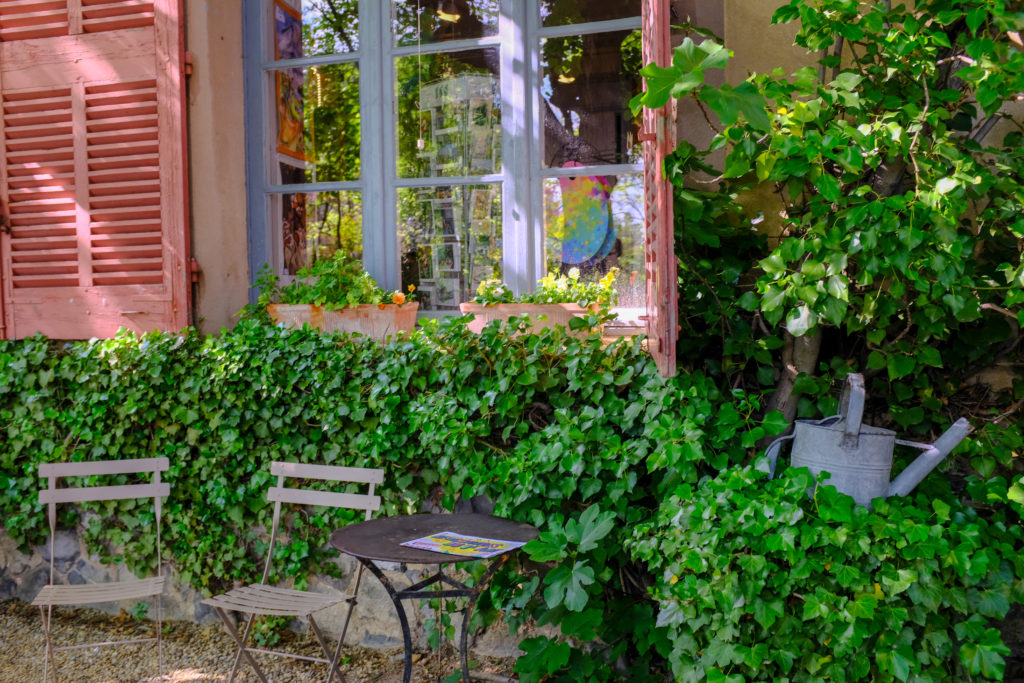
Here are some ways that the studio inspired me to think differently about my own creative process—and how it can inspire your own as well!
Treating your workspace as a creative sanctuary
Although the building itself is two stories, the studio is just a tiny room on the top floor. At first glance, it seems underwhelming, but the fascinating part is that it’s almost perfectly preserved. Cezanne’s coat and bowler hat are still hanging on the hooks in the corner, and objects like skulls, ceramics, and oranges are placed as if ready for another still life painting.
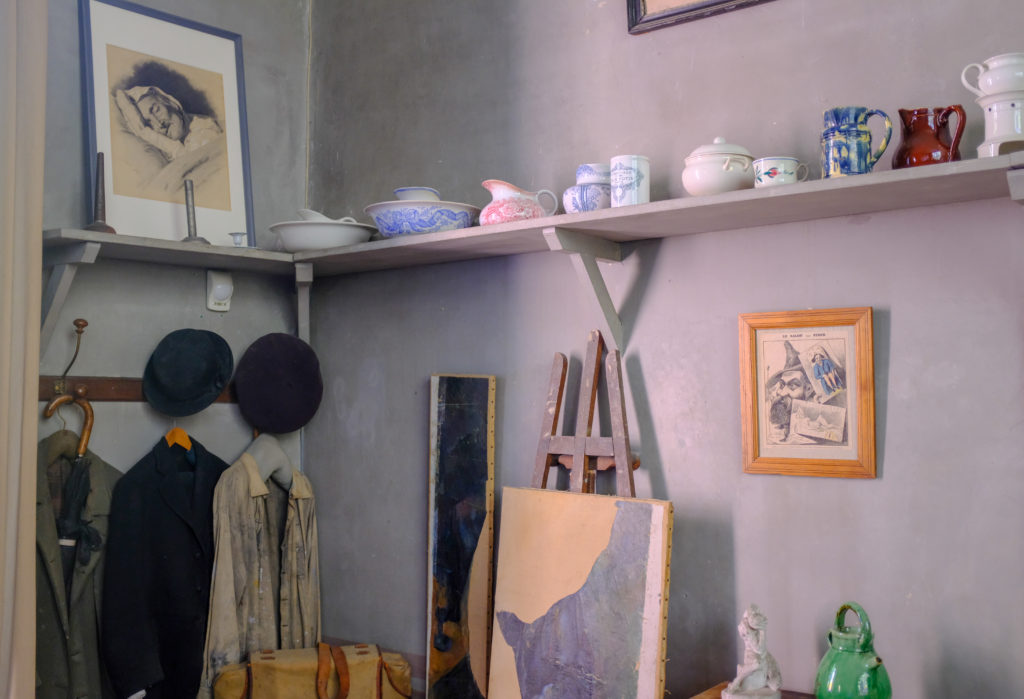
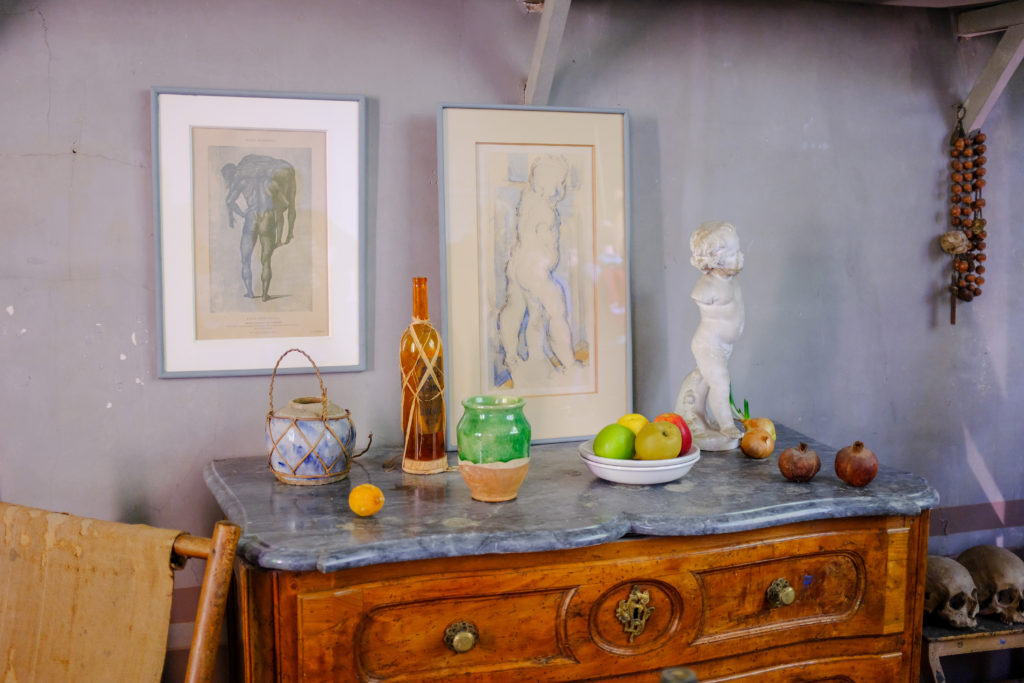
Though the walls of the studio were discreet, they were the most memorable part for me. Painted a muted gray, they completely absorbed the light, thereby neutralizing the environment.
This color choice was a very intentional decision by Cezanne—the room had large windows, and he wanted to make sure the light that came in would remain constant. He refused to allow reflections to interfere with how he viewed his subjects, and for this reason, he also replaced all the tile floors with wood.
By creating a flat-toned environment, he was able to develop the vision he needed for his art.
Though not directly related, it makes me think of the culinary concept of mise en place, putting everything in its place before you begin cooking, and how people can be more intentional about their work environments.
Photographer Joel Myerowitz was so inspired by the walls in the studio that he made images of objects within it, in a project called Cezanne’s Objects.
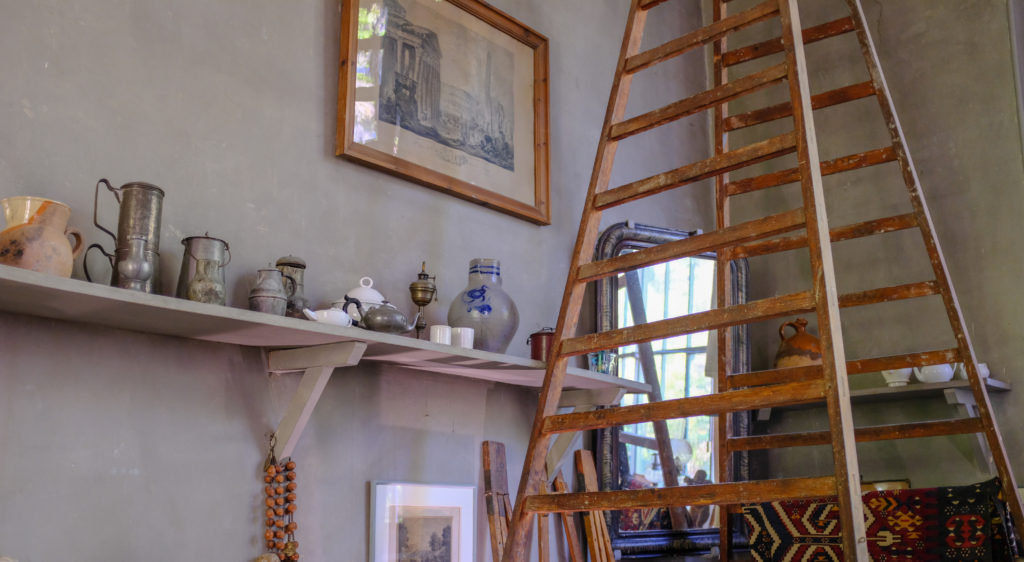
Dedicating yourself to a daily ritual
Just outside the studio, you can view Mont Sainte-Victoire, a scene that Cezanne painted as part of his outdoor studies. This daily commitment, regardless of weather, allowed him to create over 30 paintings of the mountains in the last few years of his life.
I’ve often heard the greatest artists have the most boring lives, because they structure their days based on repetition (Mason Currey’s book, Daily Rituals: How Artists Work, offers interesting insight into the daily rituals of known creatives)—in Cezanne’s studio, you can clearly see his practices come to life.
Embracing slowness and patience
The studio felt like a silent, meditative space, one just for Cezanne. He approached his work thoughtfully, but often reproached himself for his slowness, writing letters to his son and friends about how sad it made him feel.
Apparently, it took him so long to paint apples that they often rotted before he was finished, and one of his portraits took him over 100 sittings to complete. He would spend hours studying the scene before him, or deciding on a color palette or brushstroke.
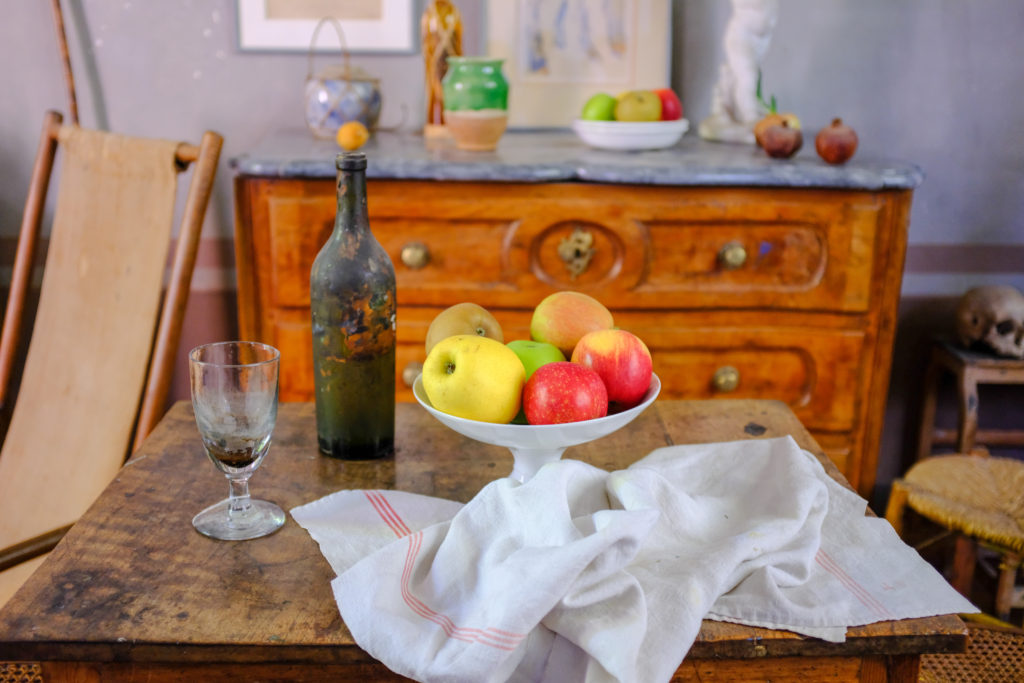
Jonah Lehrer describes Cezanne’s work process: Out in the open air, he would stare at his subject until it melted under his gaze, until the forms of the worlds had decayed into a formless mess. By making his vision disintegrate, Cézanne was trying to return to the start of sight, to become nothing but “a sensitive recording plate.” The slowness of this method forced Cézanne to focus on simple things…Stare hard enough, his paintings implore, and the laws of the known universe will emerge from just about anything. “With an apple,” Cézanne once said, “I will astonish Paris.”
It seems that the slowness is what enables Cezanne to form the vision to create such great works of art, yet it’s a quality that haunts him throughout his life.
The studio was a really interesting insight into the last years of the great artist, and it made me reflect on intentionality of environment, daily practices, and the value of slow processing. An hour’s visit cleared my mind, and it was also a gentle reminder for me to appreciate more art.

